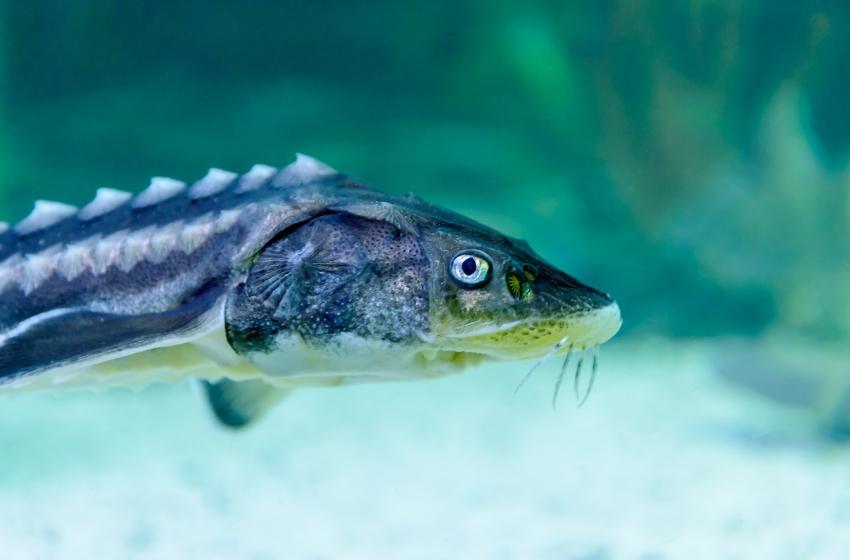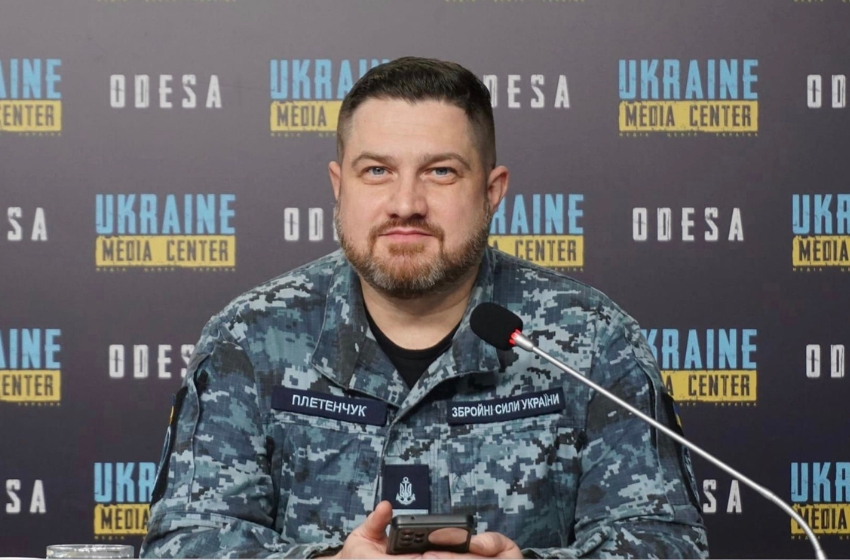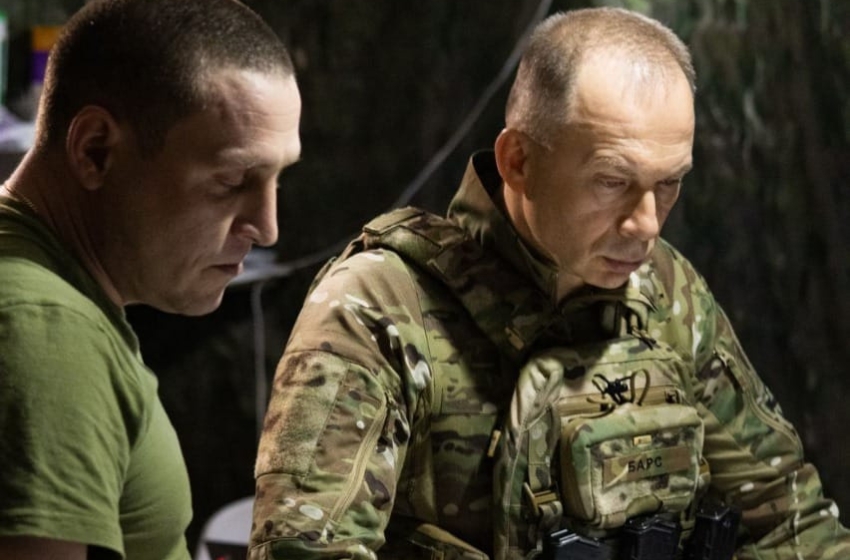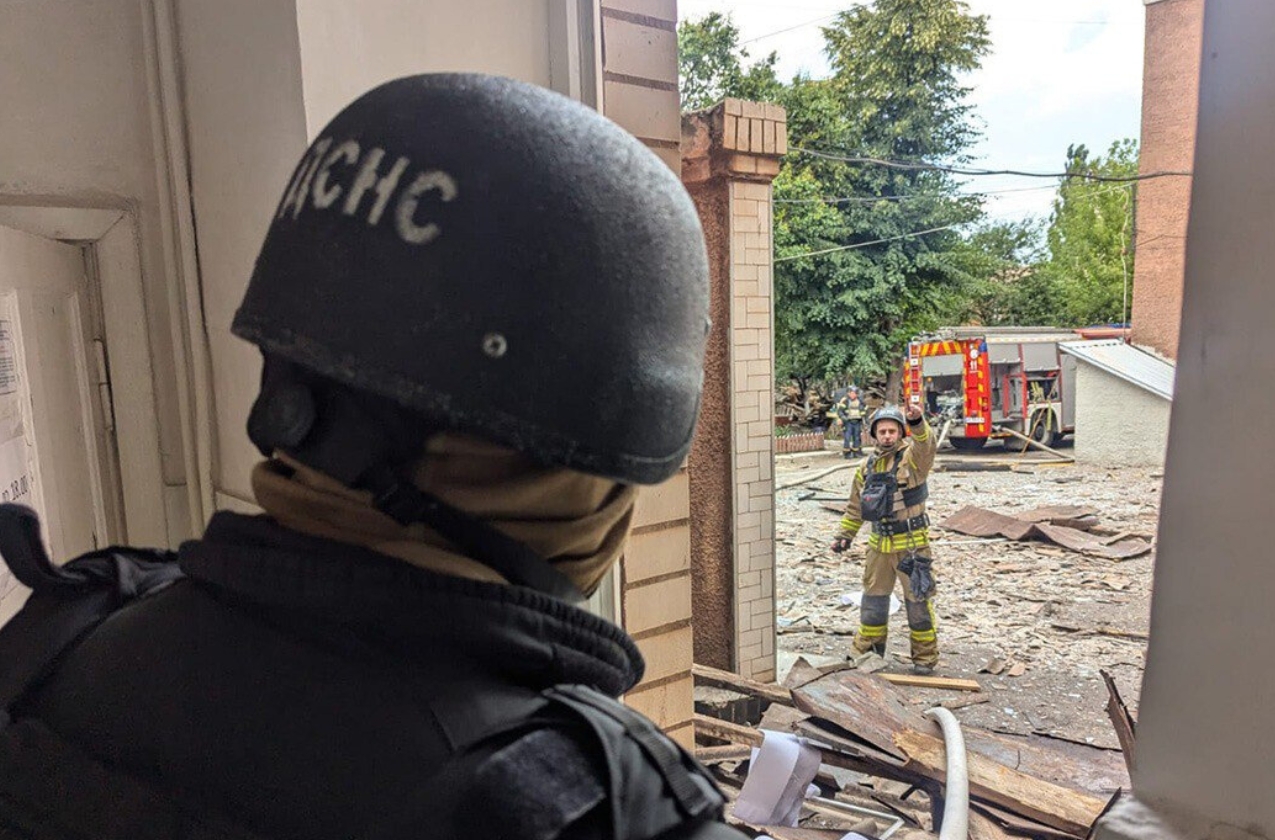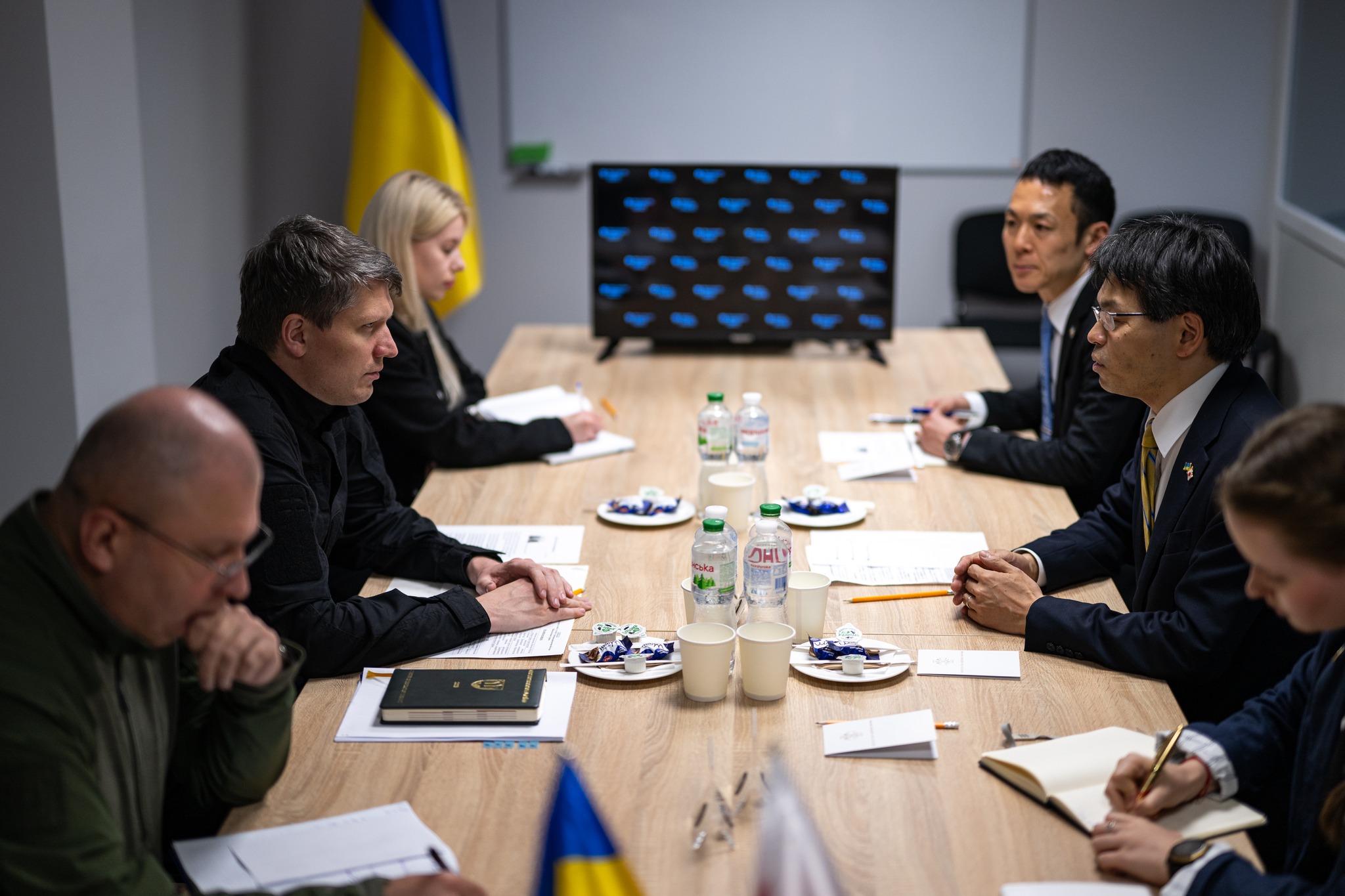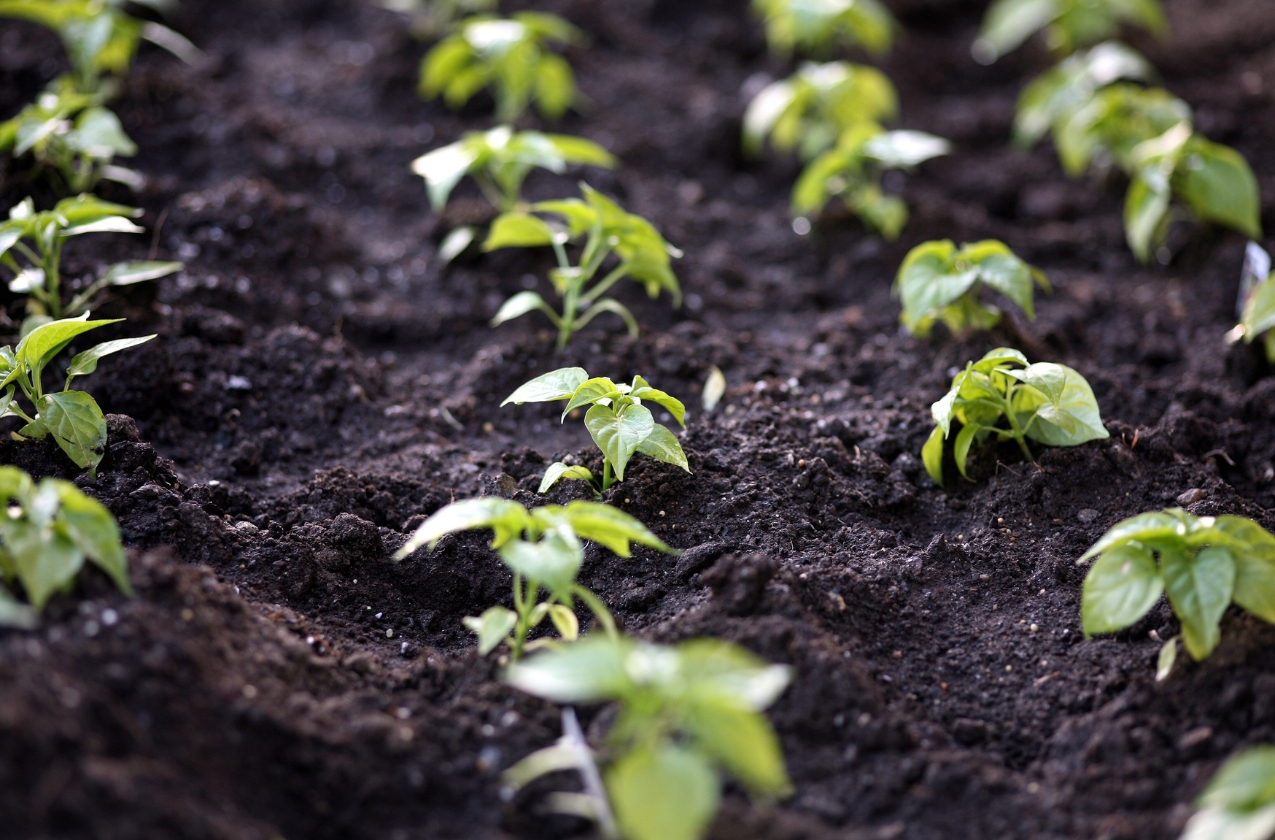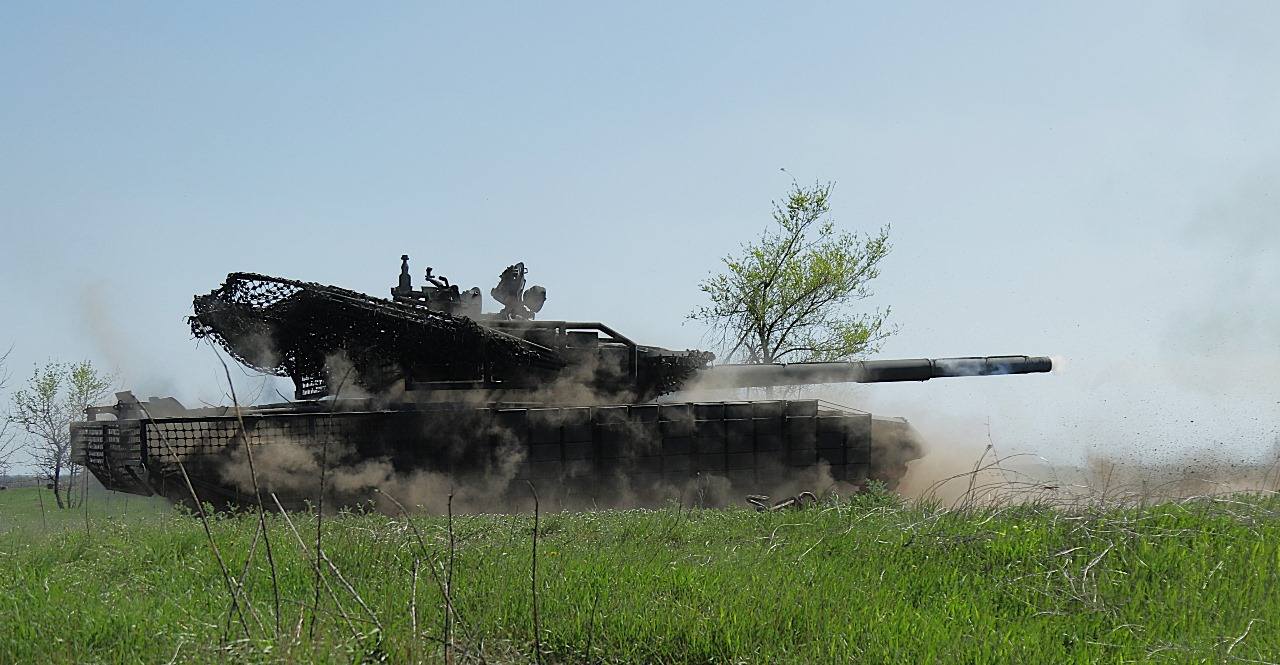Sturgeon fish are one of the key endemic species in the Black Sea, and one of its largest dwellers. The ancestors of this group appeared more than 200 million years ago, when species very similar to modern sturgeon fish, along with ichthyosaurs and plesiosaurs, inhabited the ancient Tethys Sea, from which the Black Sea, the Sea of Azov, and the Caspian Sea were formed. The highest rise of this group took place when the future Black Sea represented a kind of highly desalinated lake, isolated from the ocean and similar to the modern Caspian Sea.
There are seven species of sturgeon in the Black Sea, the largest of which is the beluga (Huso huso) which can reach a length of more than 4 metres and weigh about 1.5 tonnes, and can live for more than 100 years. The other six species are in the sturgeon genus (Acipenser).

Sturgeons are anadromous fish, meaning that they spend their lives in the sea, but reproduce in rivers. Earlier, their spawning route reached as far as Kyiv and Vienna, but in the 20th century, all the large rivers of the Black Sea basin were blocked by hydroelectric dams and thus, there were no available spawning areas left. Mature sturgeons thrive in saline water, whilst young sturgeons survive only in lightly-salinated water, which is why the sturgeon ‘kindergarden’ is limited to river estuaries and deltas. Not very long ago, the Sea of Azov was an appropriate area for young sturgeon migrations, but for the last several years the Azov has become more saline, and suitable conditions only persist in Tahanrih Bay. As such, the seas and rivers which were the home for the largest Black Sea fish for millions of years, became inhospitable for them because of human impact.
Along with the loss of typical habitats, the sturgeon population was strongly affected by overfishing - mainly poaching, as their meat and, more importantly, its black caviar are considered to be valuable delicacies (in fact, sturgeons were exported from the Black Sea by the ancient Greeks as an especially valuable product). No wonder that all the seven species of sturgeon became endangered and were listed in the Red Books of all Black Sea countries.

The population of the European sturgeon (Acipenser sturio) decreased most dramatically. Nowadays, this species is listed in the IUCN Red List of Threatened Species, with its population in a critical state. A few years ago, its entired Black Sea population was believed to have died out. During EMBLAS 2017 Project research, the DNA of the European sturgeon was found in many samples throughout the Black Sea. This situation is similar to that of the beluga sturgeon, which is also under threat of extinction. But DNA analyses of the sea water (and also a case that arose last year, when border guards accidentally caught two poachers with 0.5 tonnes of beluga in their trunk) proves that a number of these unique fish still swim in the Black Sea. At this stage, every Black Sea country must unite in their efforts to prevent the eldest fish of the Black Sea - which has lived through millennia of geological disasters - from sharing the destiny of their contemporaries, the ichthyosaurs.
The publication was prepared with the financial support of the EU – UNDP project ‘Improving Environmental Monitoring in the Black Sea: Selected measures’ (EMBLAS-Plus). This publication was produced with the financial support of the European Union and UNDP. Its contents are the sole responsibility of the authors and do not necessarily reflect the views of the European Union or UNDP
Authors: B. Aleksandrov, O. Adrianova, N. Atamas, V. Bolshakov, O. Bondarenko, I. Chernichko, V. Demchenko, S. Dyatlov, Y. Dykhanov, E. Dykyi, O. Garkusha, P. Gol’din, S. Hutornoy, V. Komorin, Y. Kvach, V. Mamaev, O. Manturova, O. Marushevska, A. Mikelyan, Yu. Mikhalev, G. Minicheva, I. Sinegub, T. Shiganova, J. Slobodnik, A. Snigiryova, M. Son, K. Vishnyakova, A. Zotov. Illustrator: I. Pustovar.










